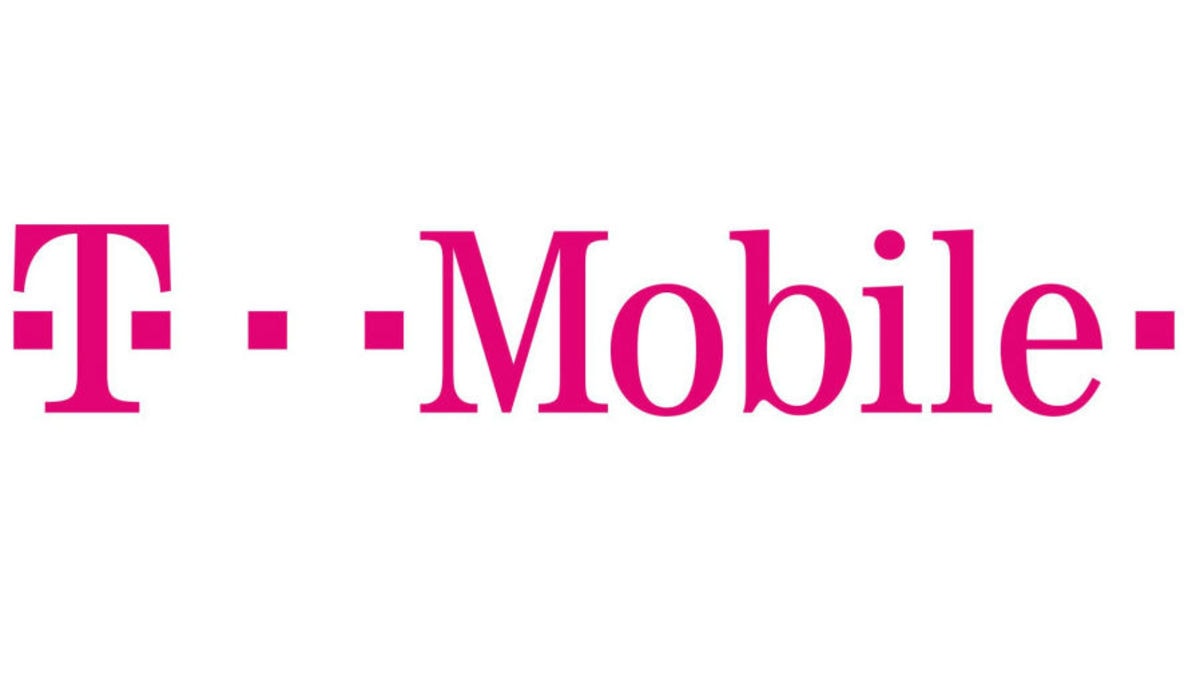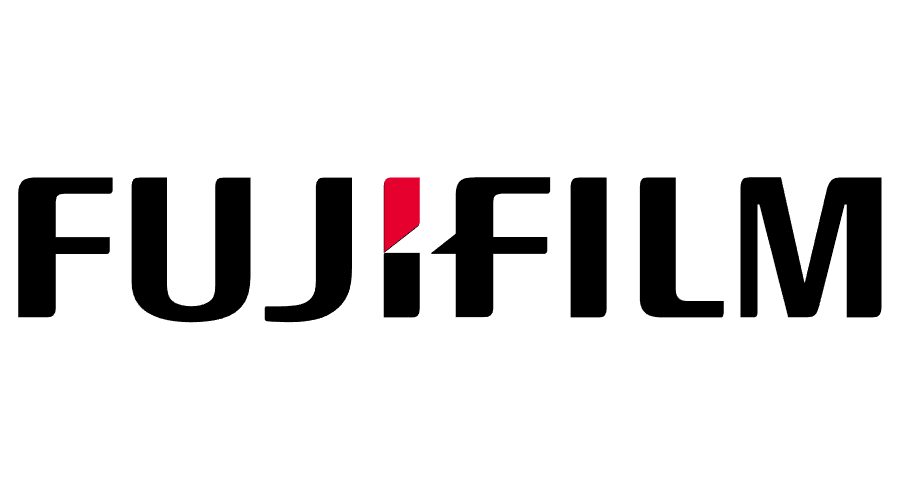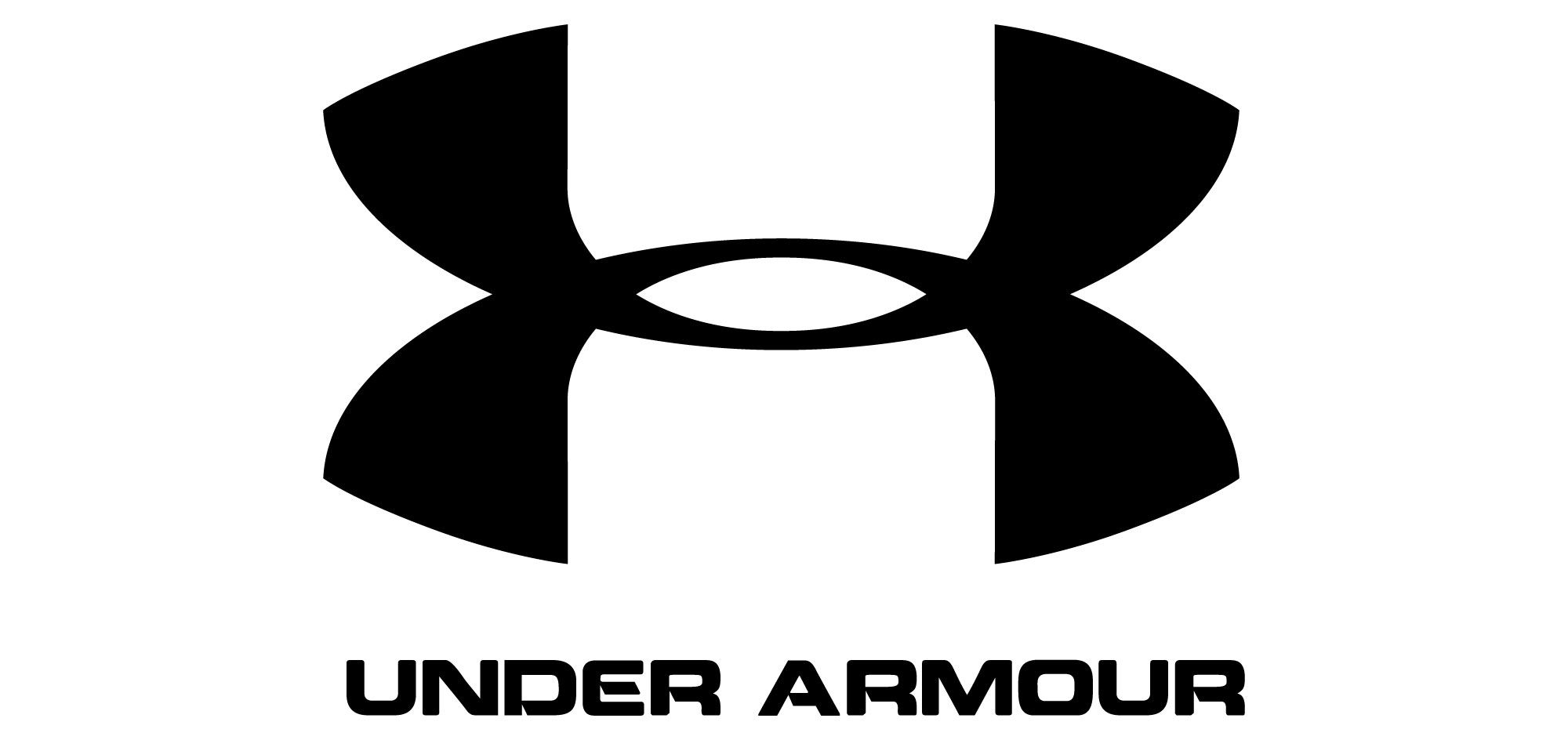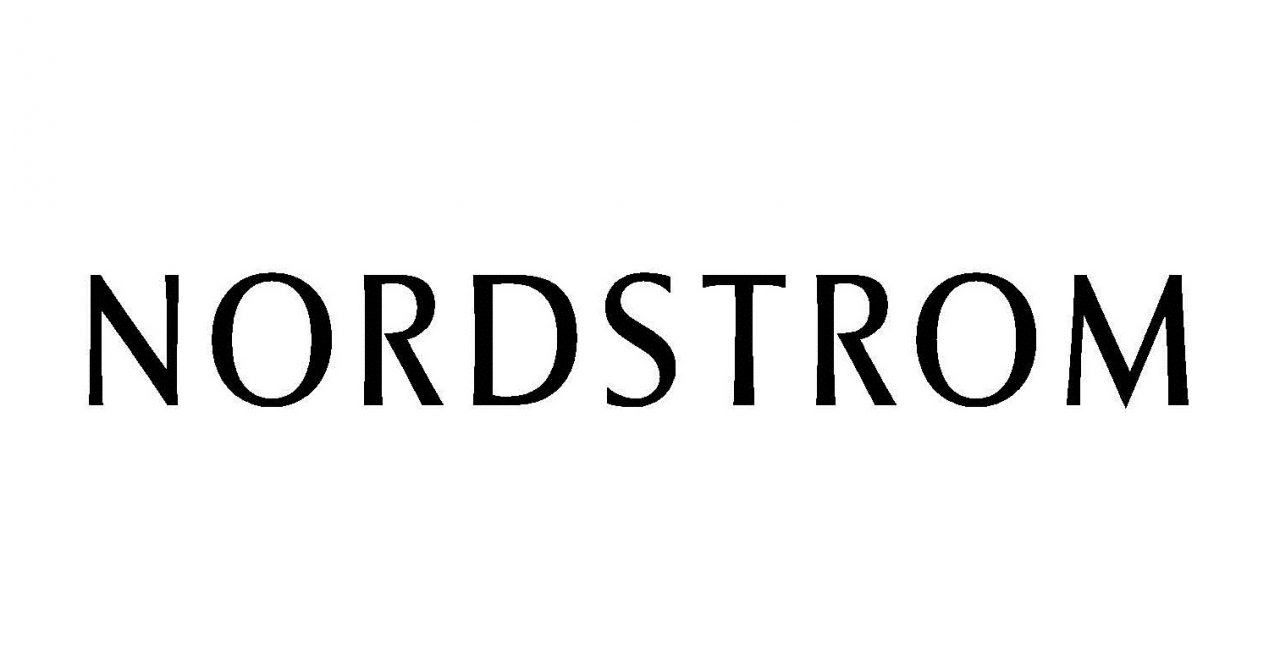Key Takeaways
- Include Clear Contact Information
Your name, job title, company, phone, email, and website should be easy to read. Ensure all details are accurate and up to date. A well-organized card makes it easy for potential clients to reach you. - Use a Professional and Clean Design
Stick to a simple layout with easy-to-read fonts and brand colors. Avoid cluttered designs that make information hard to find. A polished look leaves a strong first impression. - Invest in High-Quality Materials
Choose durable cardstock with professional printing to enhance credibility. A flimsy card can make your business seem less reliable. A sturdy, well-printed card stands out and lasts longer. - Add Unique Elements for Memorability
QR codes, embossing, or custom shapes make your card stand out. A distinct design increases the likelihood of retention. Unique features encourage further engagement with your brand. - Ensure Brand Consistency
Match your card’s colors, fonts, and logo with your company’s branding. Consistent design builds recognition and trust. A unified brand image strengthens credibility and recall.
Business cards are fantastic marketing tools, but many business owners ignore them in favor of marketing methods. For B2B businesses, few tools will help close deals as much as a highly effective business card.
Despite the incredible effectiveness of business cards, many business owners treat their business cards as simple contact tools – cards that list their phone number or email address with very little more.
With the right combination of design and content, your business card can be more than just a tool for sharing your communication information – it can be a marketing asset that brings in new customers and clients for your business.
Read on to discover the five elements of a successful business card that separate it from the rest, cause it to bring in a massive amount of sales leads and turn it into a powerful marketing asset for its owner.
A clear purpose
What is the purpose of your business card? Is it designed to help you kick-start new relationships with prospective customers and clients, or to establish yourself as an expert in your industry?
Business cards can serve a wide range of purposes, and it’s important to design each and every business card with one clear purpose – whether it’s sales or credibility for your brand – in mind.
Just like marketing campaigns with multiple different objectives rarely success, it’s hard for a business card that tries to do too much to work. Keep it simple and focus on one clear purpose or objective at a time.
A great description
Does your business card clearly describe what you do? You’ll give out most of your business cards at trade shows, networking events and other settings where people may also receive business cards from other people.
This makes it essential that your business card clearly describes who you are and what you can do. If your business card lacks any description, people will forget its purpose alongside the other business cards they collected from other people.
Keep your description short and simple. If you’re a web designer, talk about your web design services. If you’re an accountant, mention the type of accountancy that you specialize in. A short, simple description is often all it takes to be remembered.
A value proposition
Does your business card clearly state the value you can offer? Along with a fantastic description, your business card needs to include a clear statement of the value that you can offer your customers or clients.
State your value proposition, whether it’s the highest quality, the fastest delivery or the best pricing. This differentiates you from other people or companies that might offer similar products or services.
The best value propositions, like the best headlines or descriptions, are short and simple. Since your business card is small, you’ll need to condense your business’s core value proposition into a five to six word statement.
Several contact options
As fashionable as it might be to exclude your email address and phone number in favor of a scannable QR code, doing so will cost you a huge number of leads, since most people would rather call or email than scan your contact information.
Offer multiple contact options on your business card, from your phone and email to your instant messenger contact. If there are any contact methods that are specific to your industry, make sure you include them.
It’s also worth including the URL of your Facebook Page and Twitter account if you work in a high-tech field. Today, many people prefer to connect using social media than through traditional contact methods.
FAQs
- What key information should be on a business card?
Include your name, title, company name, phone, email, and website. Keep it simple but informative. Essential details help contacts reach you easily. - How does design impact a business card’s effectiveness?
A clean, professional layout makes your card visually appealing. Good design ensures readability and reinforces brand identity. A well-designed card leaves a lasting impression. - Why is high-quality cardstock important?
A thicker, durable card feels premium and lasts longer. Cheap materials can make your business seem unprofessional. A sturdy card boosts credibility and engagement. - What are some creative elements to make a business card stand out?
Embossing, spot UV, metallic foil, or QR codes add uniqueness. Interactive or textured features make the card more engaging. Unconventional shapes can also grab attention. - How does branding affect business card success?
Consistent use of brand colors, fonts, and logos strengthens recognition. A well-branded card creates trust and professionalism. Strong branding improves recall and business credibility.














